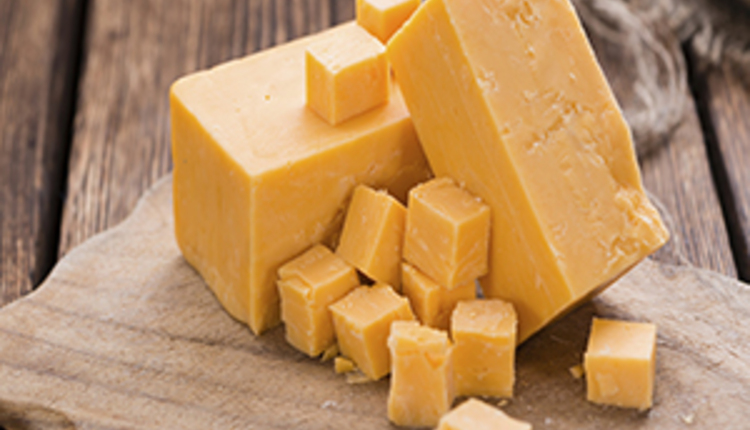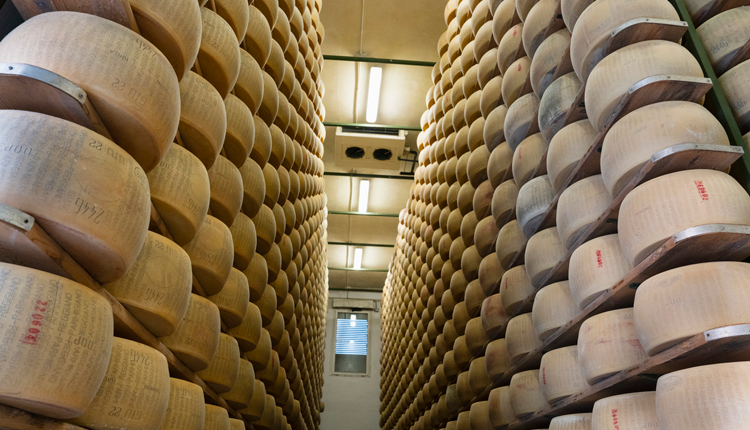
Amid the holiday season, there is plenty of butter, cheese, dips, and whips flying off the grocery store shelves, much to the delight of dairy farmers across the country during this period of peak dairy demand. There is also joy being delivered after strong recent milk checks: September’s $23.34 per hundredweight (cwt.) Class III settlement was the highest since June 2022, while Class IV’s $22.29 mark was the best in just under two years. While prices don’t look as attractive in 2025, it will likely still be a much-welcomed year of positive margins.
Globally, the second half of 2024 marks a turning point for milk supply growth across the Big 7 export regions (the U.S., European Union, New Zealand, Australia, Brazil, Argentina, and Uruguay). Year-over-year production gains are forecast at 0.5%, offsetting the 0.5% year-over-year decline in the second half of 2023. However, volume growth is not expected to overwhelm the global market. RaboResearch forecasts milk supply growth of 0.8% in 2025.
In the U.S., October milk production grew 0.2% versus the prior year, marking the third consecutive year-on-year gain after a 13-month stretch of weaker output. RaboResearch expects production to continue moving higher versus the prior year in the last quarter of this year and into 2025, with 2025 expected to show a 0.9% year-over-year gain.
The product picture
U.S. dairy product production has been mixed in recent months, with higher components largely offsetting the milk volume weakness that lasted through this summer. Year-to-date cheese output is just 0.1% higher year-over-year, with Mozzarella up 3.8% but Cheddar down 6.9% during the first three quarters. Ample cream pushed butter production up 5.4% so far this year. Taking the brunt of the lower milk availability, combined nonfat dry milk/skim milk powder production is down 14.2%. Growing milk supply and expected continued higher component output should boost dairy product production in 2025.
From a demand standpoint, domestic dairy disappearance slipped lower year-on-year in the third quarter of this year to mark the first quarterly decline since the second quarter of 2022. However, cheese remains the shining star of the export world this year. Shipments have been higher, year-on-year, in each month through September and are up 20% year-to-date, with volume to Mexico up an impressive 34% so far. In nonfat dry milk, exports saw a slow first half of the year, but deliveries were stronger of late and grew 8% year-over-year in the third quarter, with volume up 17% to Mexico.
Into 2025, Class IV will likely maintain its premium over Class III, with averages likely high enough to drive positive farmer margins. A bright spot is more affordable feed costs, which will likely be the lowest in several years as corn, soybean meal, and alfalfa values all continue to decline. While risk factors are brewing that could negatively impact prices in the coming months, the seasonal outlook looks acceptable for the time being.
To comment, email your remarks to intel@hoards.com.









